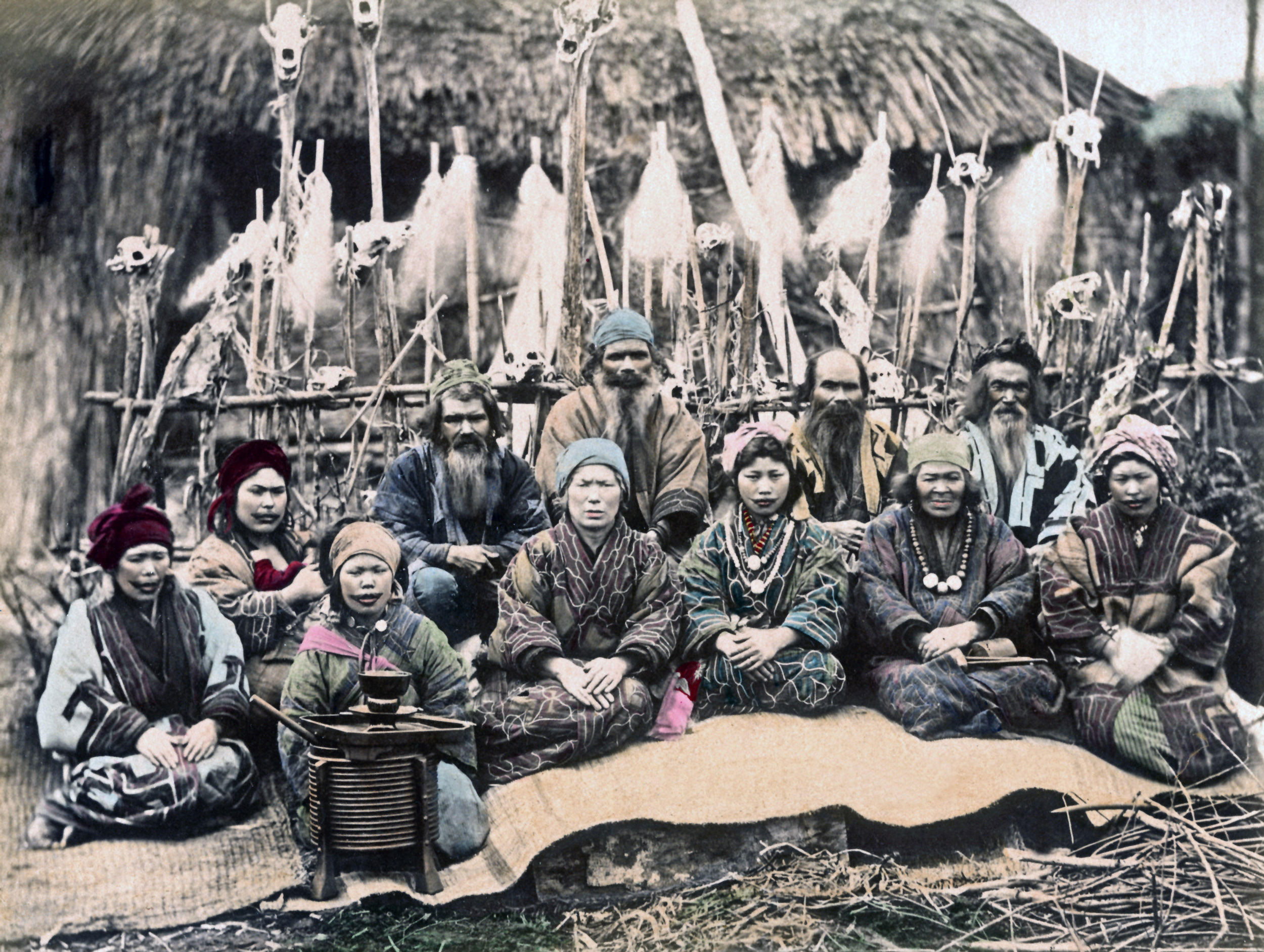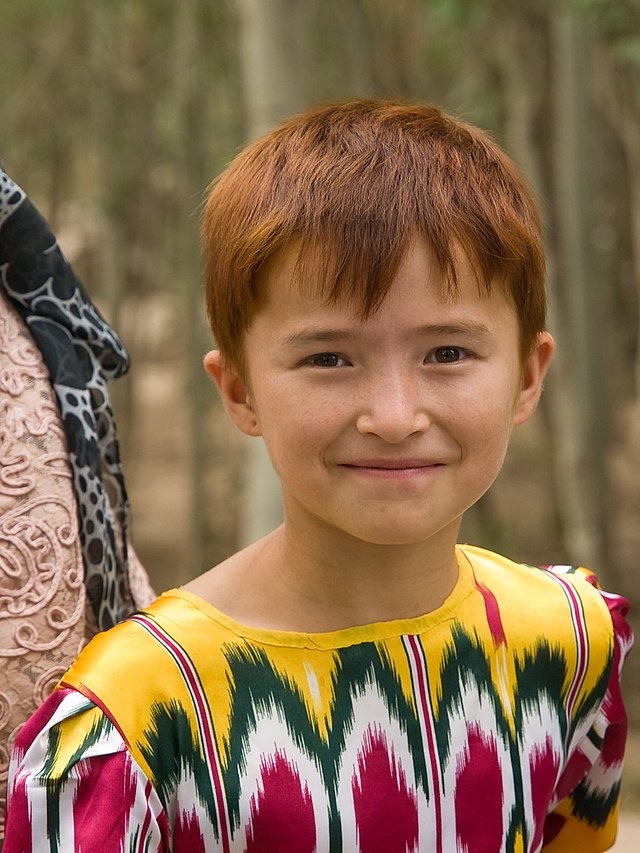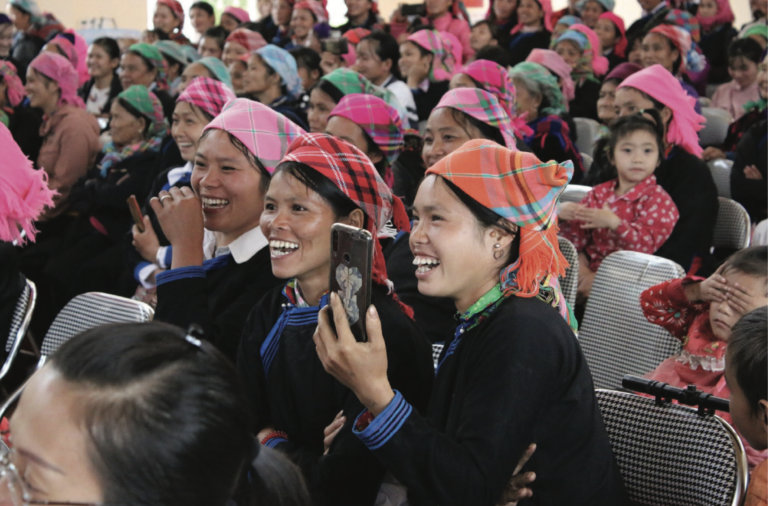Another thread politicized... thanks to real "expert"
I knew it would happen; just a question of time. They went to get reinforcements.

Now, a population which spanned Northern Europe and Northern Asia, and was about 1/4 East Eurasian is a West Eurasian population and "Caucasoid". Furthermore, a population which got an additional whopping 28% East Asian is also Caucasoid. Last time I checked 28 and 22 equals 50% Are mulattos Caucasoid or European now too?
Also, anyone who thinks those mummies don't show anthropological signs of East Asian admixture needs glasses, either because of a vision problem or a bias problem. Damn right to view "anthropological" analyses with extreme caution if they could make such obvious errors.
Btw, I posted all the Tarim Basin female mummies I could find. They don't look like Northern Europeans.
As for the Uighers, posting cherry picked photos is not helpful. The amusing thing is that the ones posted just look like East Asians with lighter hair. They don't look "CAUCASOID".
In addition, most Uighers don't look like that. Lighter hair among them is a RARITY. Attempts to turn this into "theapricity" will fail. Fair warning.
I suppose that those same anthropologists who "identified" the Tarim Mummies as Caucasoids would say remains of people like this were also "Caucasoid".

Guess they didn't read the Sikorra et al paper, or perhaps they just prefer older, discredited papers.
Also guess they have no interest in "this" paper either.
The people from Dzungaria have ancestry which came from the western steppe. The Tarim Basin people sampled here do not. Period and end of story no matter who it upsets or doesn't upset.
Other than meaningless generalities and certitude about unsupported theories I don't see any proof proffered which would put that conclusion into doubt. Where is the statistical analysis which shows this is incorrect? Where is there any hint that an ANE population existed on the western steppe and moved east to the Tarim Basin? The question is rhetorical as there is none.
That ANE is present in populations further west on the steppe is a different issue. It exists in an admixed form, as this population in the east exists in an admixed form. It's just that the admixing populations are different. I don't see a problem here.
I also don't see any bias on the part of the authors. What, is having high percentages of ANE some sort of prize which the dastardly scientists are trying to deprive Northern Europeans of???
As often in this hobby, I just don't get it.
I used to think once the genetics papers came out that the various "ists" out there would have to accept reality, whatever it might turn out to be as to particular issues. I guess that was naïve of me.













